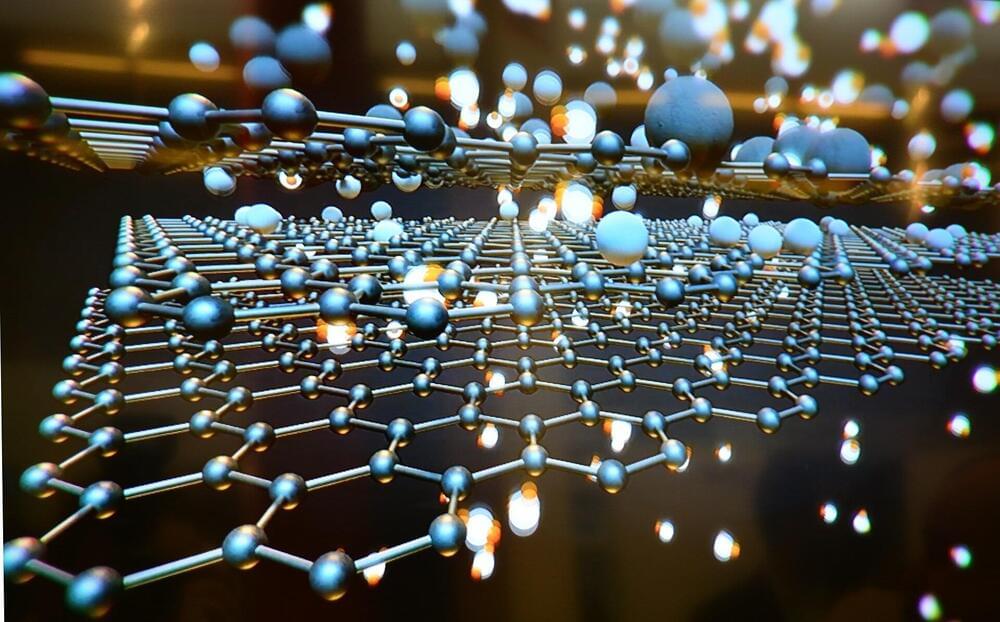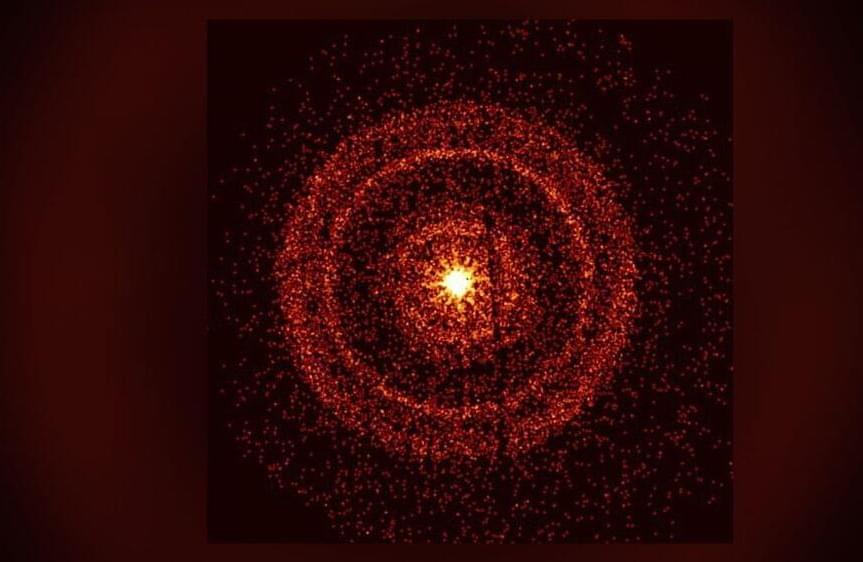Jun 11, 2023
All the ways AI is going to change (not steal) your job
Posted by Shubham Ghosh Roy in categories: employment, robotics/AI
Right now, Fast Company reporters (not bots!) are covering how generative AI is enabling us to work better—and more creatively—than we have before. We’ve reported on how Stable Animation is giving creators a team of talented animators akin to having their own Disney studio, how workflow can be supercharged for productivity on Airtable, how you can use it to create more compelling marketing efforts, and even how AI makes a compelling case for liberating workers from the office, amid all the RTO mandates. And we’ve done a deep dive into how UX designers tap into the power of plug-ins like those on Figma to level up all aspects of their work from testing for accessibility to creating final code. If you’re curious, we’ve rounded up a bunch of AI tools you can try for free.
On the flip (read: darker) side, we’re already seeing how generative AI is threatening some jobs. A recently released report from the World Economic Forum revealed a number of jobs that would likely not exist in five years including bank tellers, cashiers, insurance clerks, and legislators, among others. Right now, even makeup artists —who you might think are so hands-on there’s no way they could be replaced—have proven to be dispensable. That’s thanks to a host of tools that can reshape entire video clips. The results are astounding and soon will be as easy to use as a TikTok filter.
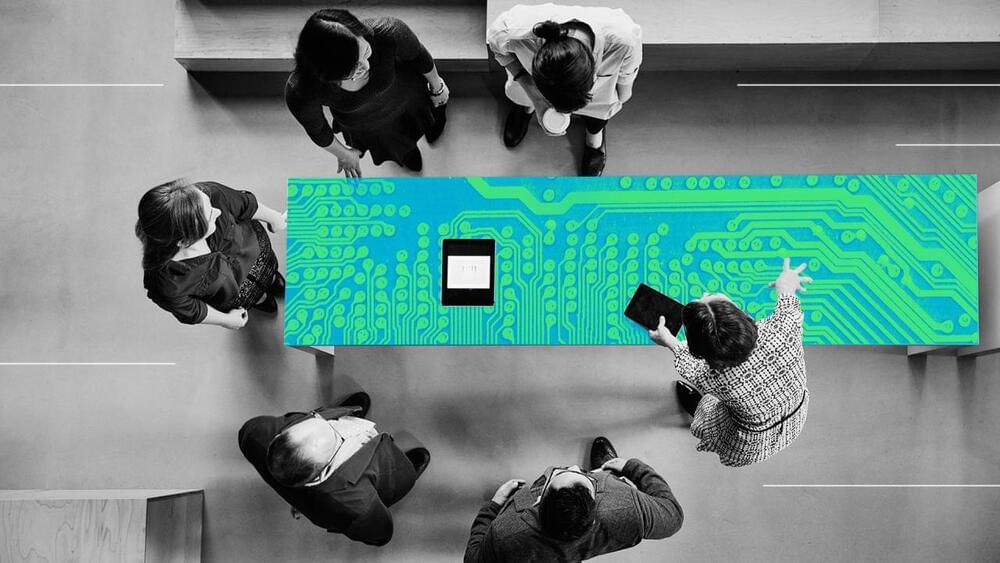

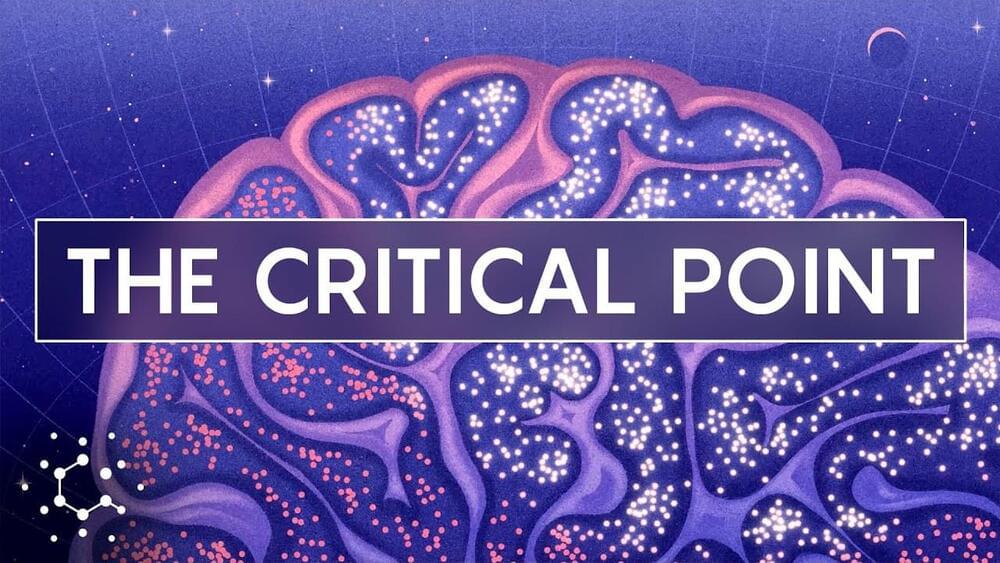
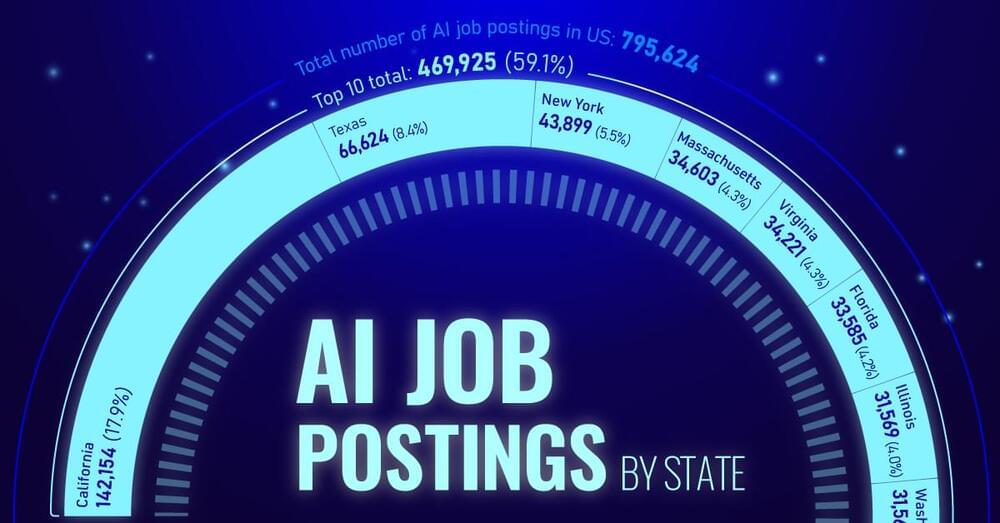
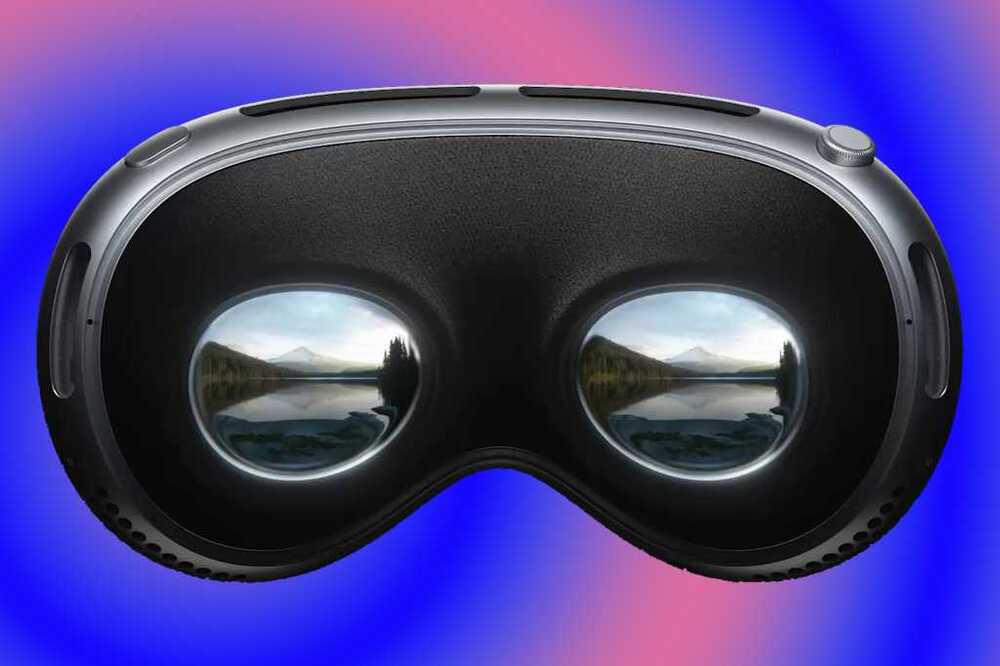
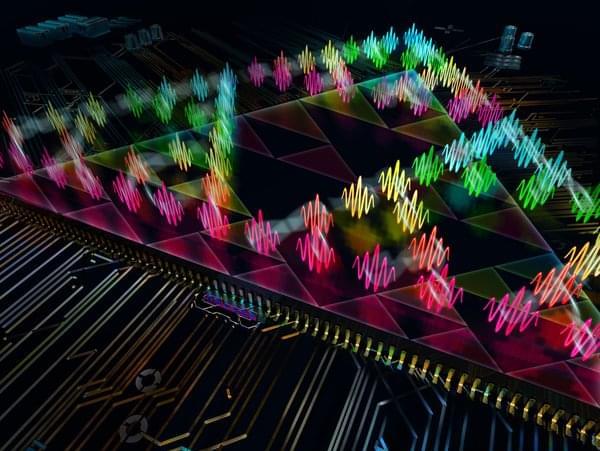

 עברית (Hebrew)
עברית (Hebrew)
